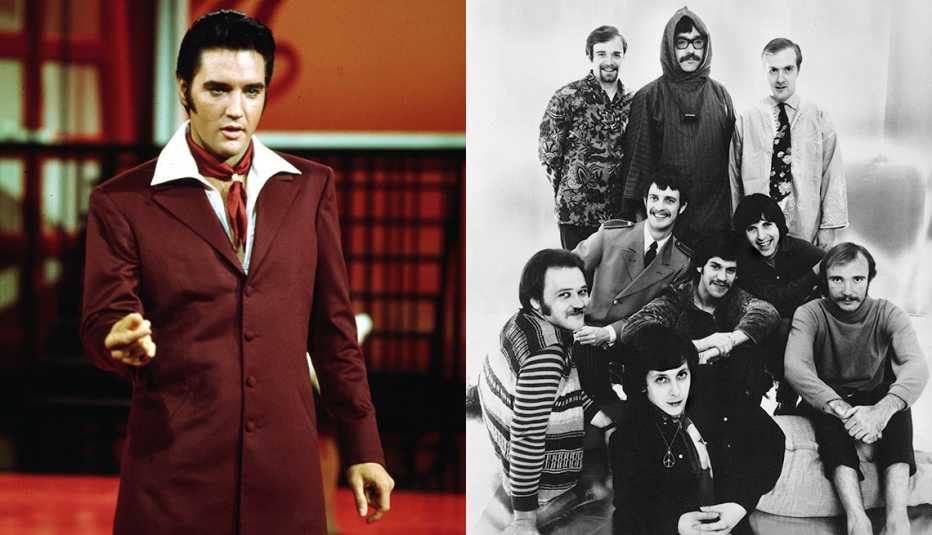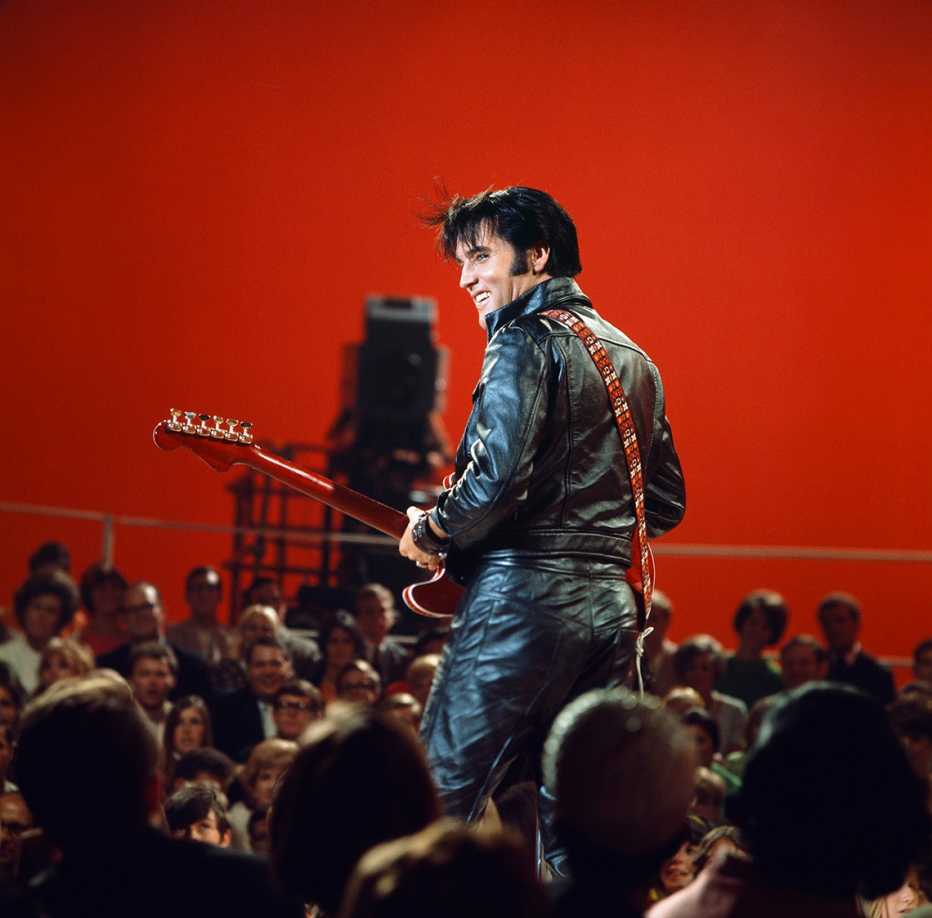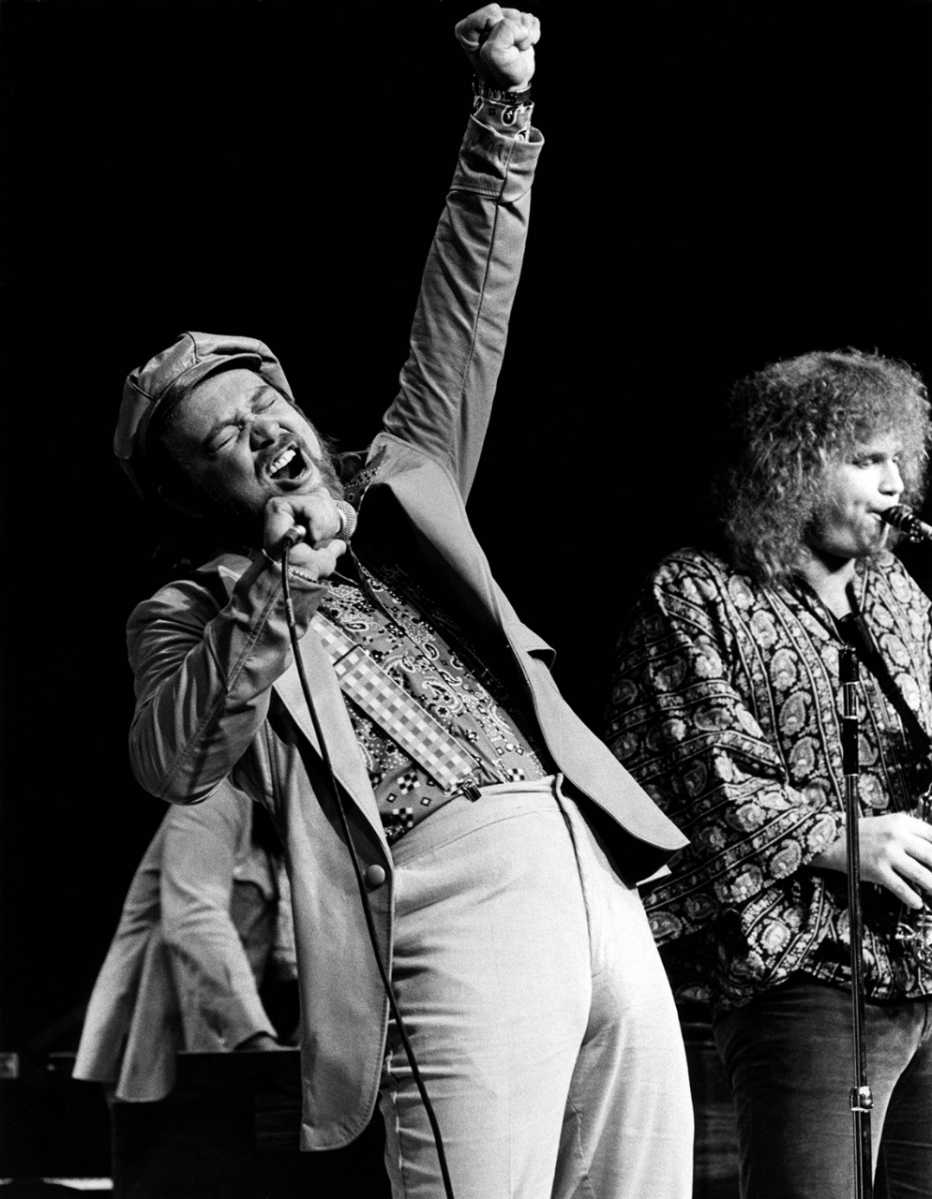AARP Hearing Center


Filmmaker John Scheinfeld knows his musicians. The Emmy-, Grammy- and Writers Guild of America award-nominee, who brought you acclaimed documentaries on Harry Nilsson, John Lennon, Bette Midler, Herb Alpert and Bing Crosby, has two hot new music documentaries heating up the summer.
What the Hell Happened to Blood, Sweat & Tears?, playing now in theaters, tells the tale of the jazz-rockers whose 1970 Grammy album of the year spent seven weeks at number 1 before the band was politically canceled and destroyed. The second, Reinventing Elvis: The ’68 Comeback, arrives August 15 on Paramount+, just one day before the 46th anniversary of the King’s death.
The secret behind Scheinfeld’s success? A great documentary, he says, “has to be a story that most people don’t know.” And that story “has to be compelling enough to be worthy of people’s attention for a full feature.” Mission accomplished on Scheinfeld’s new pair of inspiring yet tragic biopics. He shares some behind-the-scenes details about capturing Elvis and Blood, Sweat & Tears, with AARP.
Why Elvis? Don’t we know everything we could possibly know about Elvis?
I felt it was important to humanize Elvis. We all know the cliché of the jumpsuit, the sideburns and the “thank you very much.” But there’s a person there. Steve Binder, the TV special’s director, and other cast members were able to give us a perspective on what Elvis might have been thinking or feeling at the time during production — all of which flesh him out as a three-dimensional human being and help us to understand him more.
Most of the books and documentaries on him just perpetuate the legend. I wanted to bring him alive for the audience so they could, at least in some small way, get to know Elvis as a person.
When we “meet” Elvis in your film, it’s 1968 and he’s essentially lost all of the status he’d gained as an American rock ’n’ roll icon. What happened?By 1968, Elvis wasn’t just out of step with pop culture, but with the entire social and political cultural landscape of the country. There were edgy, uncomfortable, difficult things going on, and in my film I do little flash cuts with these ridiculous moments from Elvis’ movies to show the contrast of just how out of touch he was.
There’s a shelf life for these artists and I think we all felt that Elvis would have transcended this somehow. But we’re all a by-product of choices we make. Some choices were made by the Colonel (Tom Parker, Elvis’ manager), even back to him going into the Army, that impacted his career in a way that when the Beatles showed up on the scene it put the exclamation mark on his descent into irrelevancy. He was seen as a joke.
We learn from your movie that he was nearly paralyzed with anxiety when filming the special.Elvis hadn’t been on stage for years. He was scared to death.






































































More From AARP
I Wrote 4 Books on Elvis. Here’s How I Remember Lisa Marie Presley
Author reflects on her tumultuous, extraordinary life
Ann-Margret, 81, Tells All About Her First Rock Record, ‘Born to Be Wild’
She sings duets with stars including Pete Townshend and Pat Boone, who share their reunion stories
Remembering the Many Moods of Mick Jagger on His 80th Birthday
From Blues Mick to Disco Mick to Health Nut Mick, here are our favorite phases of his remarkable life